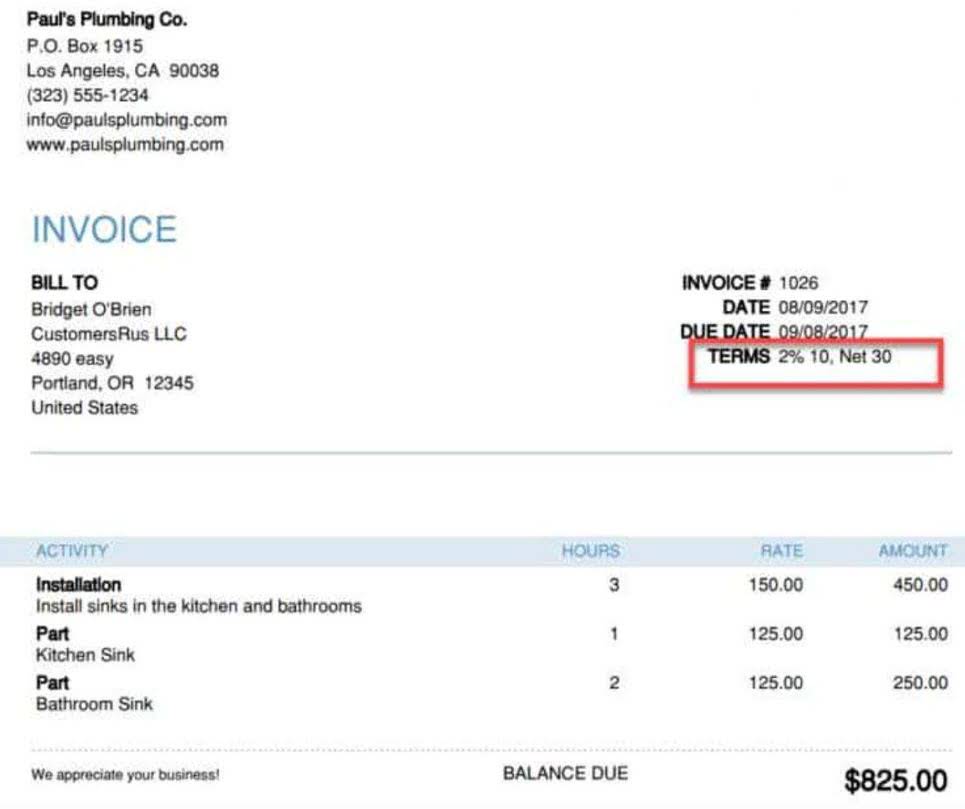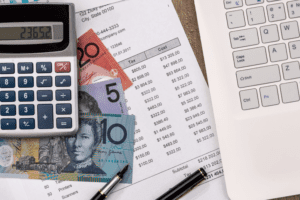Financial Ratios For Ratio Analysis Examples Formulas

It reflects the percentage of revenue that remains as profit after all expenses are deducted, including operating expenses, interest, taxes, and depreciation. We mentioned the debt-to-equity ratio yesterday in the context of analyzing balance sheets. As a recap, you calculate debt-to-equity by dividing total debt by shareholder’s equity. The resulting number tells you what percentage of a company’s assets are financed with debt. This type of financial ratio indicates how quickly total assets of a company can generate sales.
How to do Financial Ratio Analysis: A Comprehensive Guide
- For instance, Manufacturing industries generally require significant capital investment.
- Profitability Ratios are a set of metrics which illustrate how well a firm is using its resources to earn income.
- Theonly thing that can be inferred is that PTOT times PTO will alwaysequal 365 days.
- If not, then investors will be less likely to put funds into the business.
Also, the inventory levels may be too high.Lowering the inventory levels would increase the ATO and improveROE. Finally, the high level of leverage helped ROE but is puttingthe firm in a risky position. The large withdrawal of equity in2018 has further increased this risk. The variables included in CFS become morevaluable, especially for analyzing the strengths and weaknesses ofthe firm, when formed into ratios. Calculating accurate financial ratios and interpreting the ratios help business leaders and investors make the right decisions.
Inventory turnover (ITO) ratio
- Analysts can assess this by comparing the gross profit margins for the two periods.
- Measure your company’s ability to pay off its current debt without raising extra capital.
- Ratio analysis is a straightforward way to identify trends in a company’s financial performance and assess the business against others in its industry.
- Ratios are just a raw computation of financial position and performance.
They are used most effectively when results over several periods are compared. This allows you to follow your company’s performance over time and uncover signs of trouble. A gain is measured by the proceeds from the sale minus the https://elearnlxd.com/2025/06/02/what-are-the-types-of-capex-capital-expenditures/ amount shown on the company’s books. Since the gain is outside of the main activity of a business, it is reported as a nonoperating or other revenue on the company’s income statement. The amount of stockholders’ equity reported on a corporation’s balance sheet is the amount as of the final moment of the accounting year.

Gross profit margin ratio

Creditors and lenders can use these ratios to assess a firm’s ability to repay short-term debts. Net Sales and Operating Expense numbers are found on a firm’s income statement. Return on Sales looks Interior Design Bookkeeping at the profit margin from an operational perspective. As with Net Profit Margin, be mindful of the situation of the firm and the industry when doing a comparison. Just as was seen with Net Profit Margin, upward movement over time indicates a positive trend.

Who Uses Financial Ratio Analysis?
A lower ratio shows the machinery is old and not able how would you characterize financial ratios to generate sales quickly. In Table 5.4, the industry is described by theratio for the firm, the median firm, and the average of firms inthe upper and lower quartile of firms. Consider how comparing HQNto the other firms in its industry might allow us to reach someconclusions about HQN’s strengths and weaknesses and to determineits financial condition. Looking at the ATO ratio, we see that fixedassets impact the ratio, and we were concerned that the firm maynot be reinvesting enough in replacing assets. Failing to replaceassets as they are used up would artificially inflate the ATO andthe firm’s ROE.


